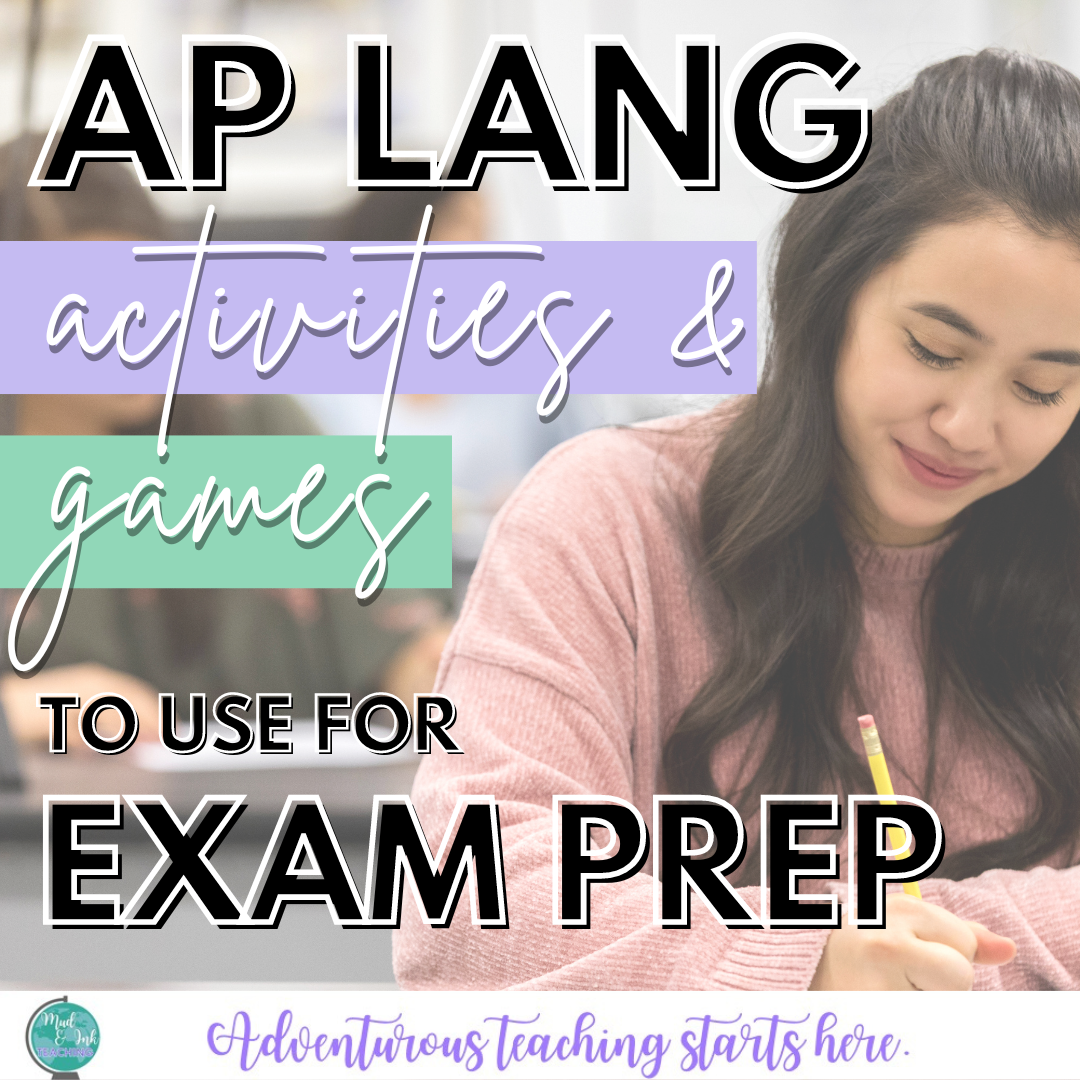
ADVENTUROUS TEACHING STARTS HERE.
Does Taylor Swift have a place in the ELA Classroom?
And here's the thing: if your students are talking about Taylor, then so should you. This is an open door into engagement and skill building that is not to be missed. Here are three ways to pull the power of Taylor into your classroom and spike engagement among your students…
Four Review Games & Activities for the AP Lang Exam
Tackle the AP Language and Composition exam with confidence using any of these four classroom-tested review strategies. This list will give you plenty of ways to prepare for the exam while having fun and working hard to get students as ready as possible for test day.




